Nestled among the lush green hills of the beautiful and mysterious island of Lombok in Indonesia, the village of Karang Bayan in Lingsar, West Lombok, West Nusa Tenggara province, has remained quiet for centuries.
Although more than 600 years have passed, the people here still retain the mark of the early days of building the village, with the ancient Karang Bayan mosque, a symbol of unique cultural exchange and the enduring vitality of a community culture with strong identity.
Karang Bayan Church is one of the precious heritages of the Sasak community, built around the 15th century.
According to the elders in the village, this church was born with the formation of Karang Bayan village, when Watu Telu Muslims from North Lombok came here, bringing with them their beliefs and sacred stories.
Despite the many changes over hundreds of years, this ancient church is still a place for local people to pray and practice rituals during important Muslim holidays such as Idul Fitri (the end of the fasting month of Ramadan) or Maulid Nabi (the anniversary of the birth of Prophet Muhammad).
The special thing about Karang Bayan church is its ancient architecture, with the foundation built of compressed clay, walls made of river stone combined with clay and roof covered with alang-alang grass (thatched grass).
For architecture and history lovers, this traditional house offers a unique insight into how the Sasak people build using traditional techniques and materials from readily available and environmentally friendly nature.
Next to the church, an ancient kitchen is also preserved, where people gather on special occasions to commemorate and celebrate traditional ceremonies.
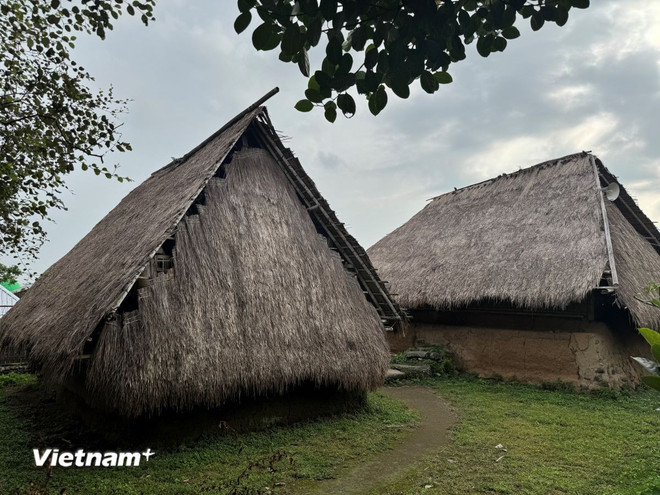
Talking to a VNA reporter, Ms. Helma, an elderly person in the village, said the reason why people in the past chose this location to build the church was because this was a prosperous village, rich in natural resources and agricultural products.
Karang Bayan Village is surrounded by lush greenery and is located on a hilly area about 139 meters above sea level, dry and cool all year round. Crystal clear streams such as Kayangan and Pancor Ancak provide abundant water for the lives and crops of the people. The people of Karang Bayan Village, through many generations, have maintained a sustainable community life, where the village spirit is as close as the water in the ground.
What makes the village special is the cultural blend of Watu Telu Islam and ancient Sasak beliefs. Traditions that are still preserved today include kikir (a Hindu-like tooth-filing ritual) and pijian, a ritual offering of agricultural produce as a token of gratitude.
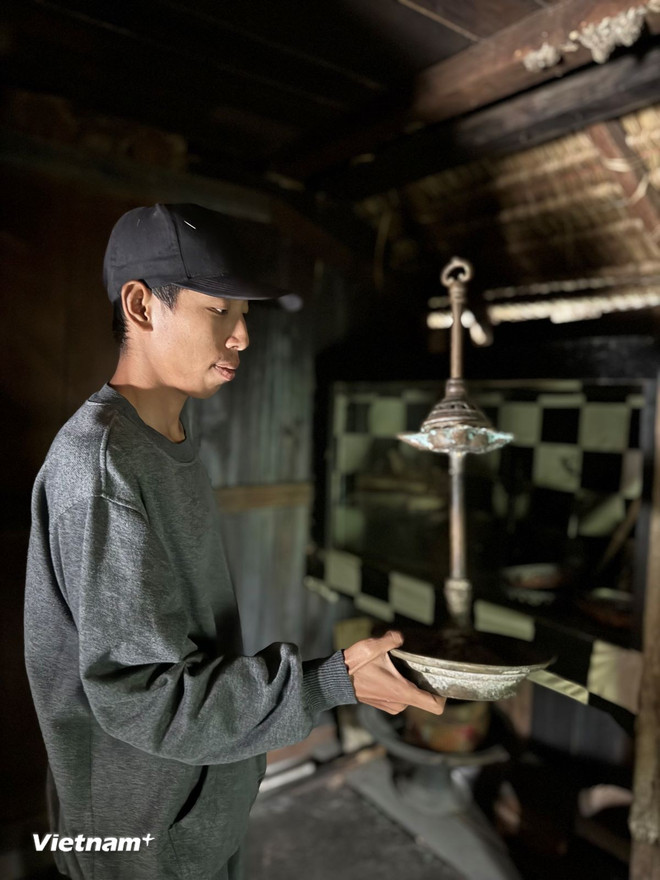
These rituals have existed for many generations, creating a unique cultural identity. This combination not only shows the flexibility of the community, but also affirms the power of cultural exchange, creating a Karang Bayan that both preserves tradition and is open and integrated with the world.
In this particular village, not far from and dating back to the same period as the ancient church, is a traditional house (Rumah Adat) that still stands with its pristine beauty and warmth of time. Built from wood, bamboo and clay, with a simple but sturdy thatched roof, the house clearly reflects the social hierarchy of the Sasak people.
Guiding a VNA reporter to visit the house, Rahmat Reza Aderyan, the ninth-generation descendant of the first owner of the ancient house, said that the rooms in the house all have separate purposes: from space for meetings of village leaders, to storage of family heirlooms and utensils for religious ceremonies.
In particular, the low and sloping roof architecture is intended to force guests to bow before entering, showing respect to the homeowner.
According to Rahmat Reza Aderyan, this traditional house is not only the residence of the ancient village dignitary, but also the place where important meetings take place, where the community comes together to solve problems and discuss the development of the village. It seems that every corner of the house contains stories of the past, relationships between people and with nature.
The traditional house of Karang Bayan has been preserved with its pristine, rustic beauty but full of cultural values over time. This historical relic contains stories so that future generations can better understand the simple but rich life of the Sasak people, about a community that is always connected in every beat of life.
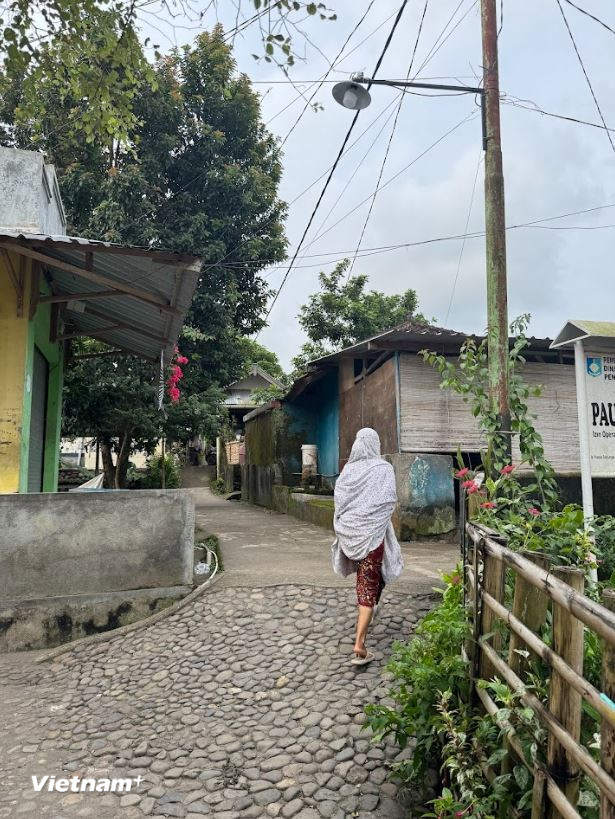
Karang Bayan Village, with its enchanting natural beauty of vast rice fields and distant mountains, offers a peaceful space for anyone who wants to temporarily escape the hustle and bustle of the city, find peace and immerse themselves in nature. The traditional houses in the village, with thatched roofs and woven bamboo walls, are a unique highlight, not only as a place to live but also as a living testament to a resilient Sasak culture.
A journey to Karang Bayan is not just about visiting a land, but also about experiencing the history and culture of the indigenous people. This friendly village invites visitors to participate in traditional ceremonies, learn about the life of the Sasak people and feel the close connection between people and nature.
Karang Bayan, despite being over six centuries old, still maintains its own distinct identity, a peaceful village with many mysterious stories and rich cultural values./.
Source: https://www.vietnamplus.vn/indonesia-kham-pha-di-san-van-hoa-sasak-600-nam-tuoi-o-dao-lombok-post1023658.vnp


![[Photo] General Secretary To Lam receives Japanese Ambassador to Vietnam Ito Naoki](https://vstatic.vietnam.vn/vietnam/resource/IMAGE/2025/4/3/3a5d233bc09d4928ac9bfed97674be98)


![[Photo] Special relics at the Vietnam Military History Museum associated with the heroic April 30th](https://vstatic.vietnam.vn/vietnam/resource/IMAGE/2025/4/3/a49d65b17b804e398de42bc2caba8368)
![[Photo] Moment of love: Myanmar people are moved to thank Vietnamese soldiers](https://vstatic.vietnam.vn/vietnam/resource/IMAGE/2025/4/3/9b2e07196eb14aa5aacb1bc9e067ae6f)

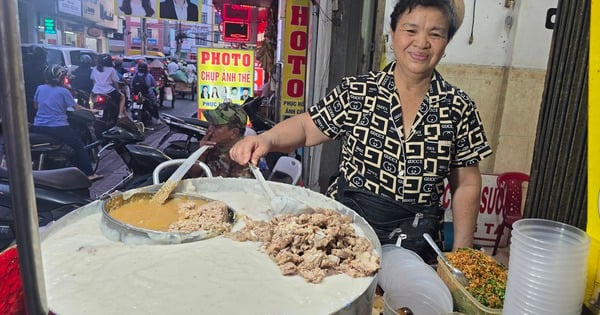
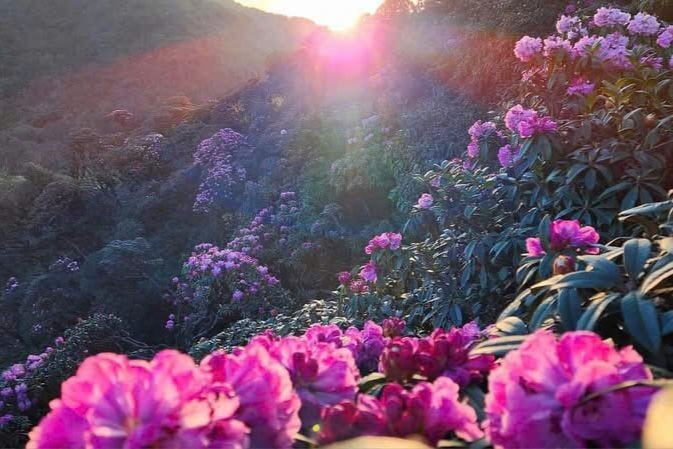
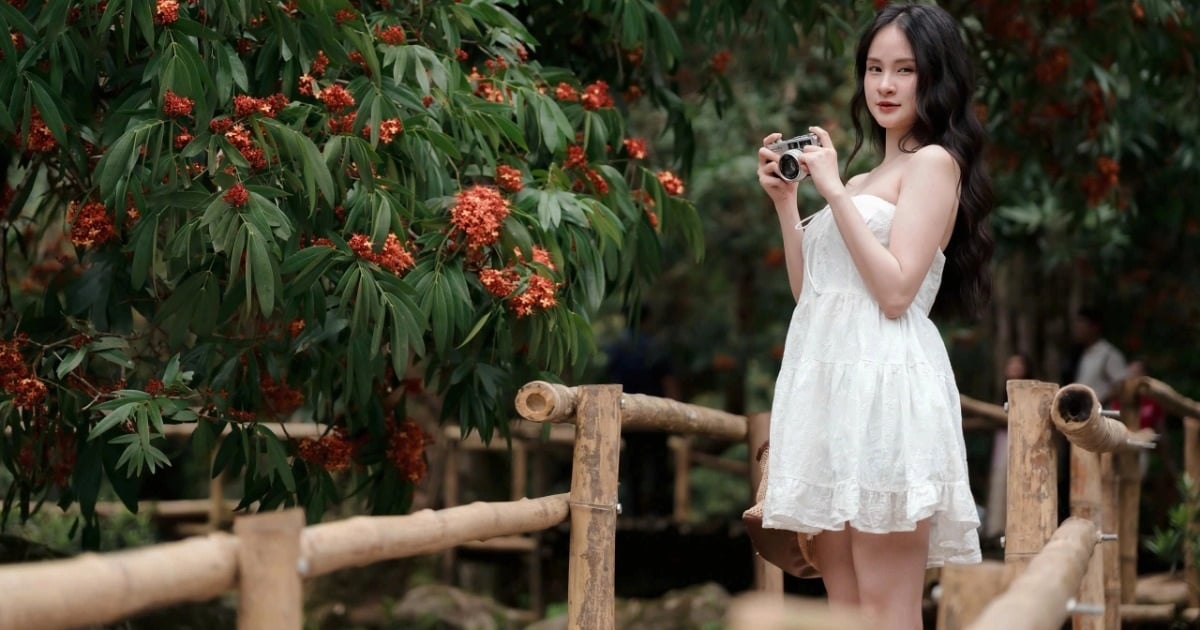
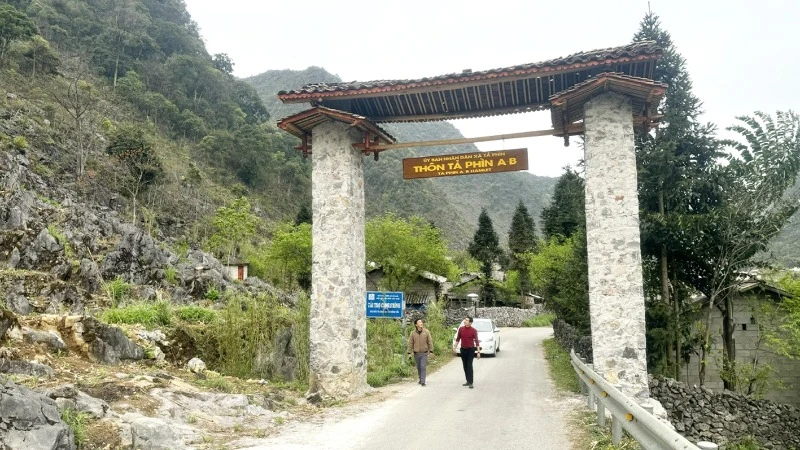
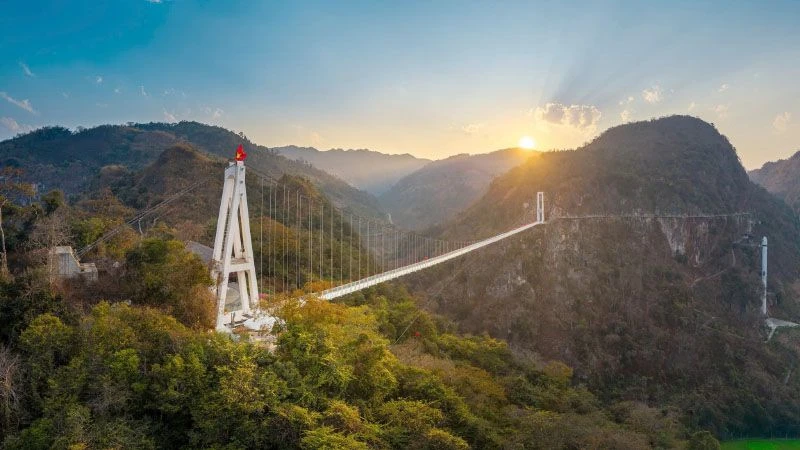






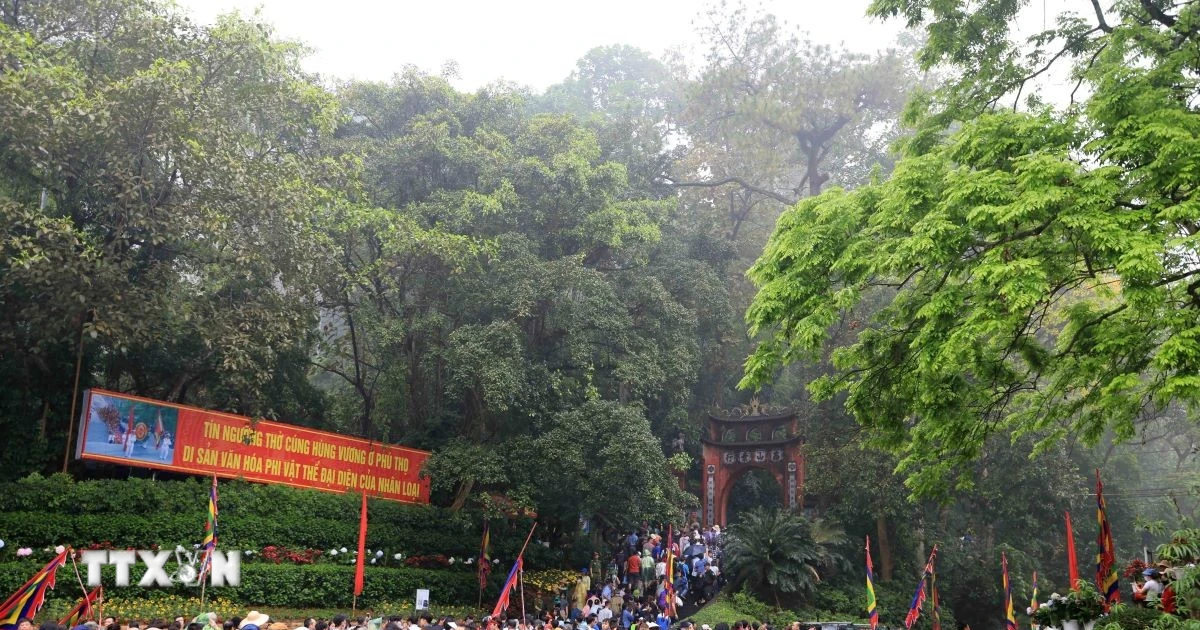
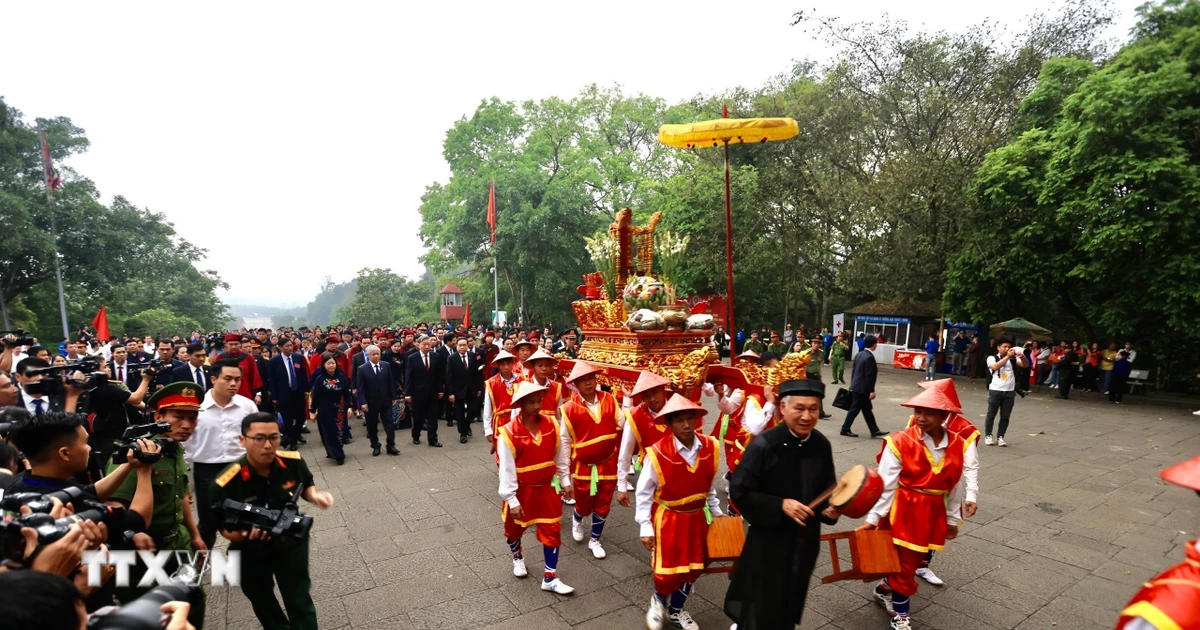

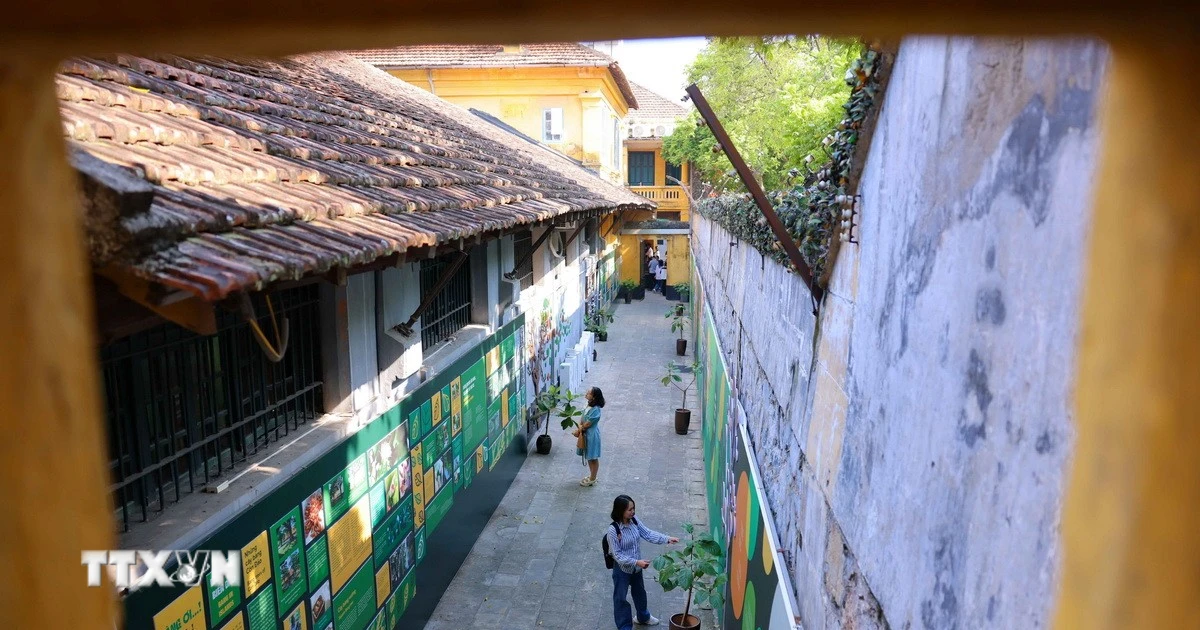
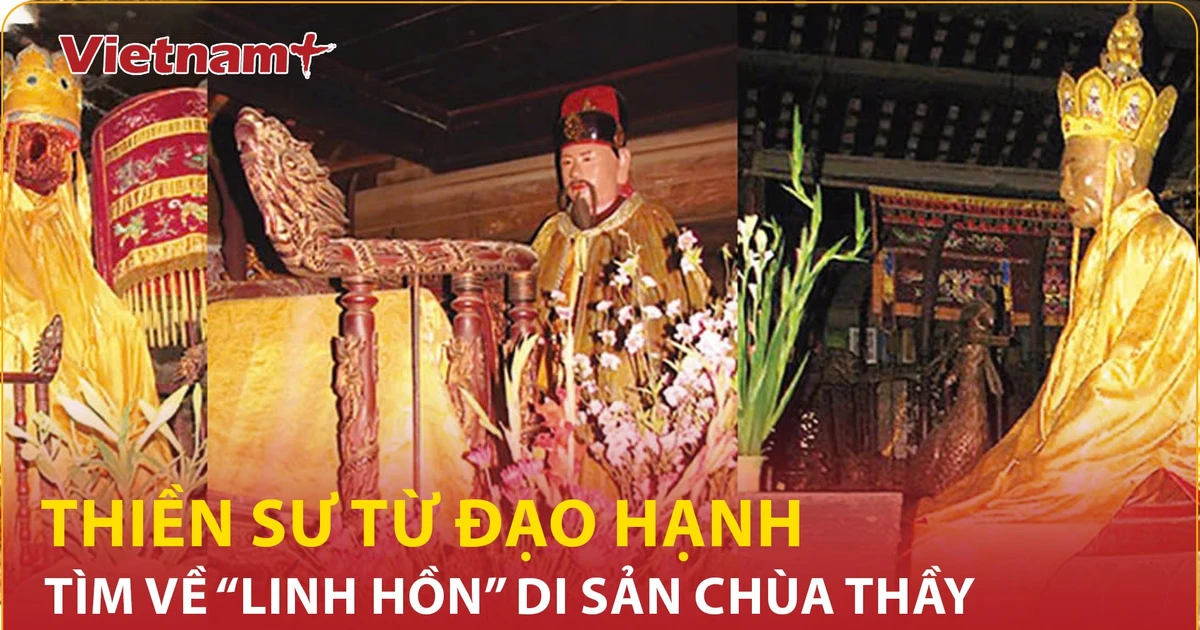






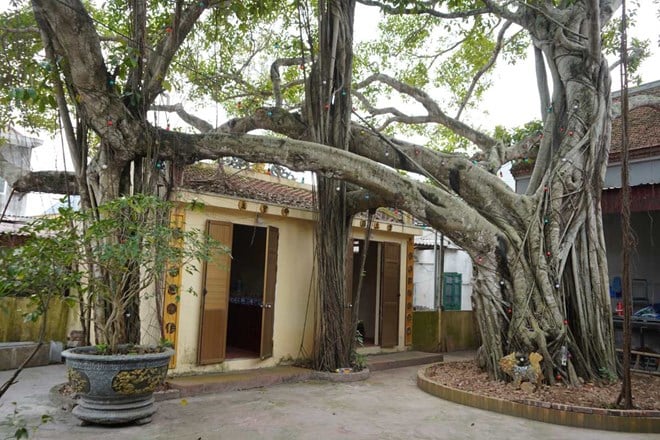

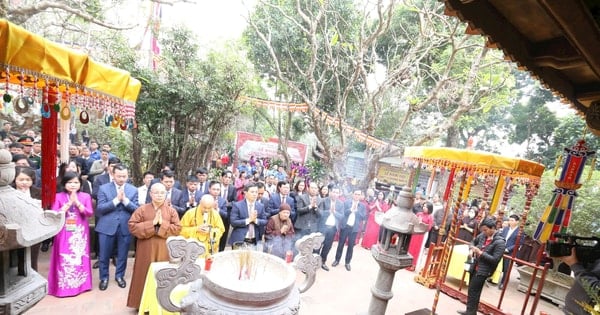



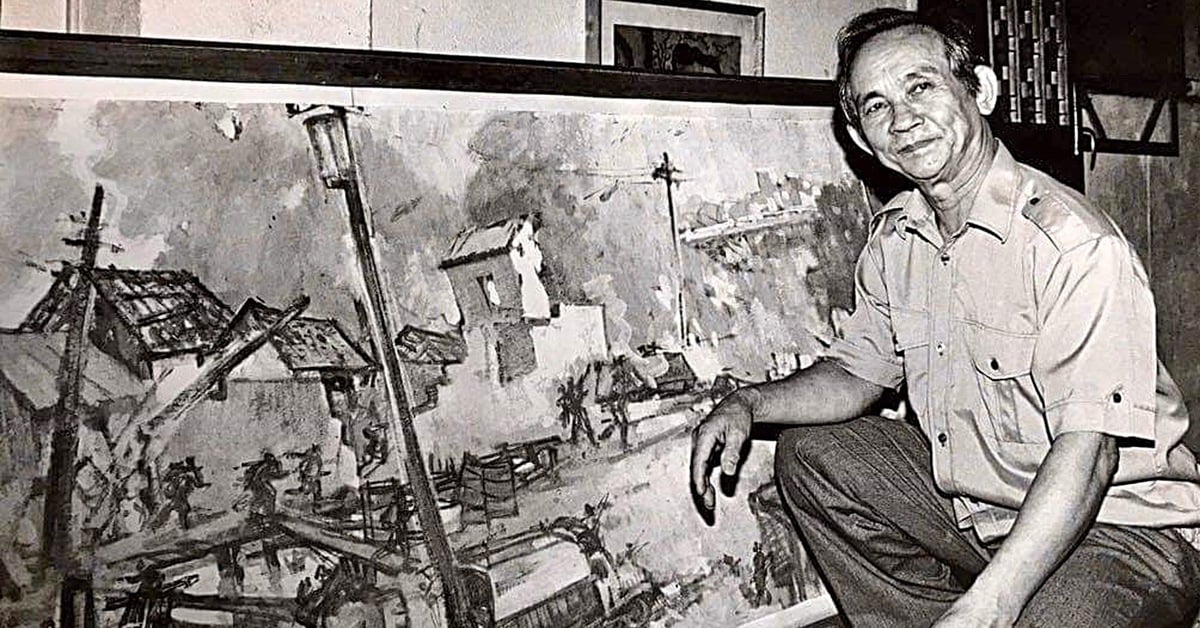


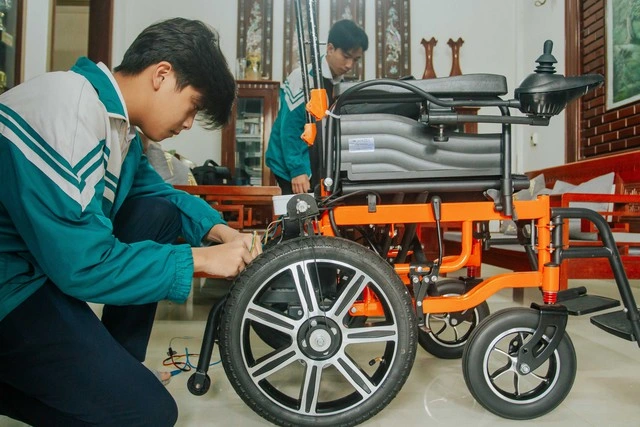


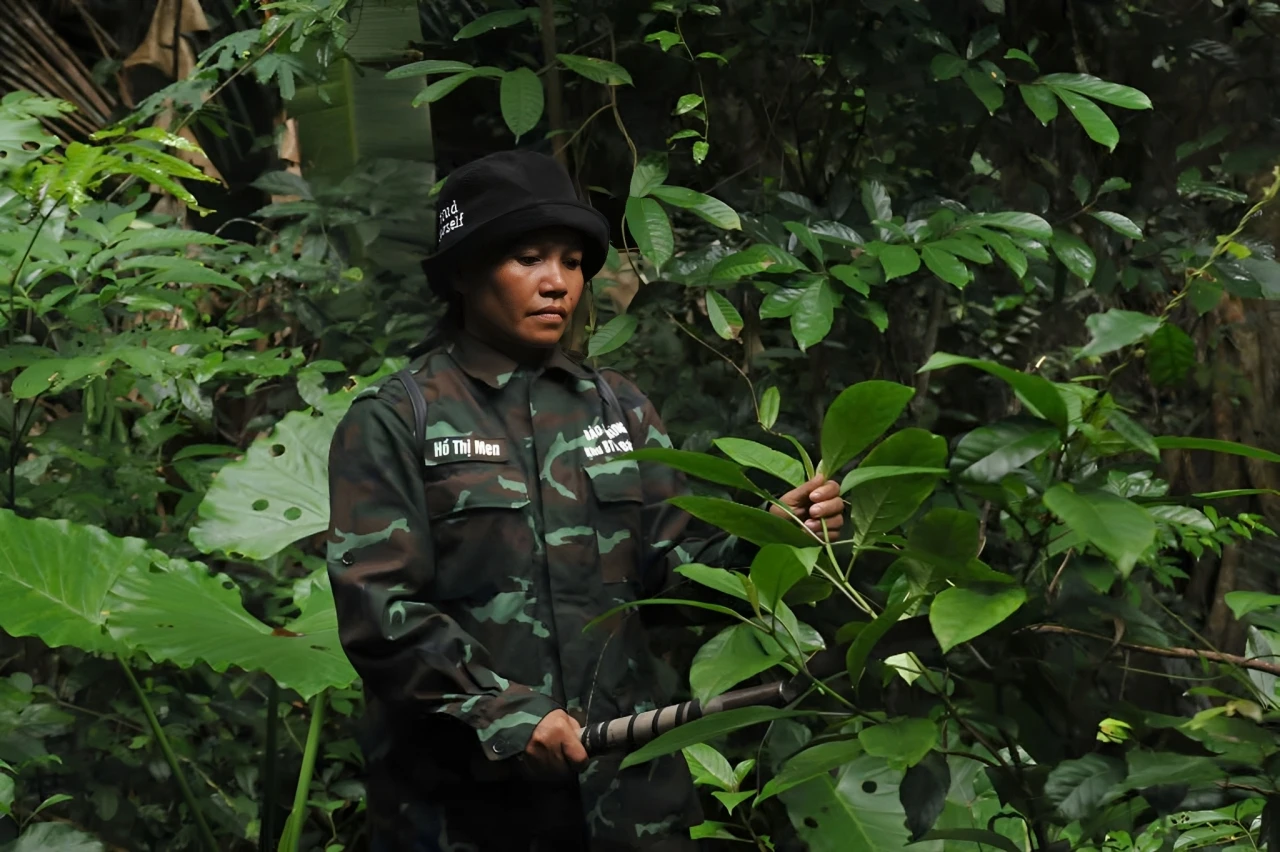

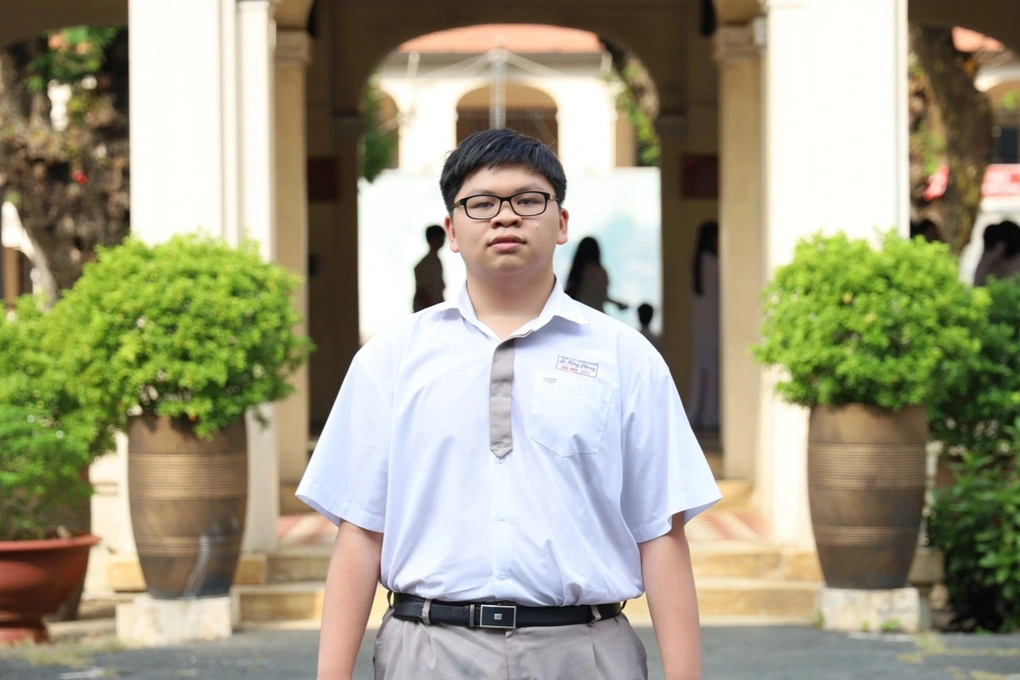










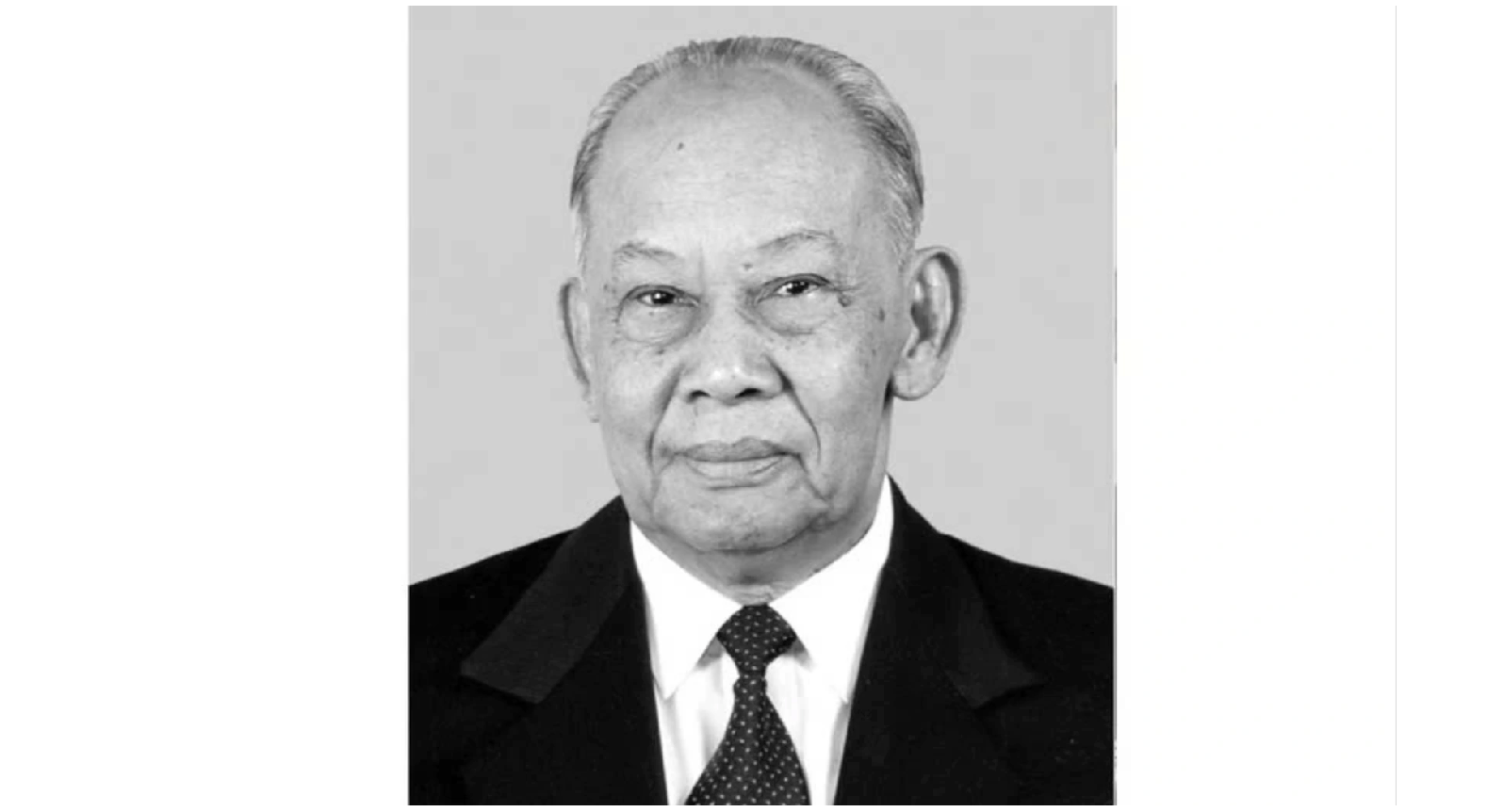












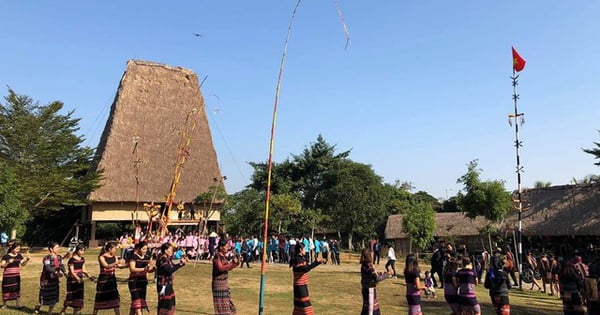
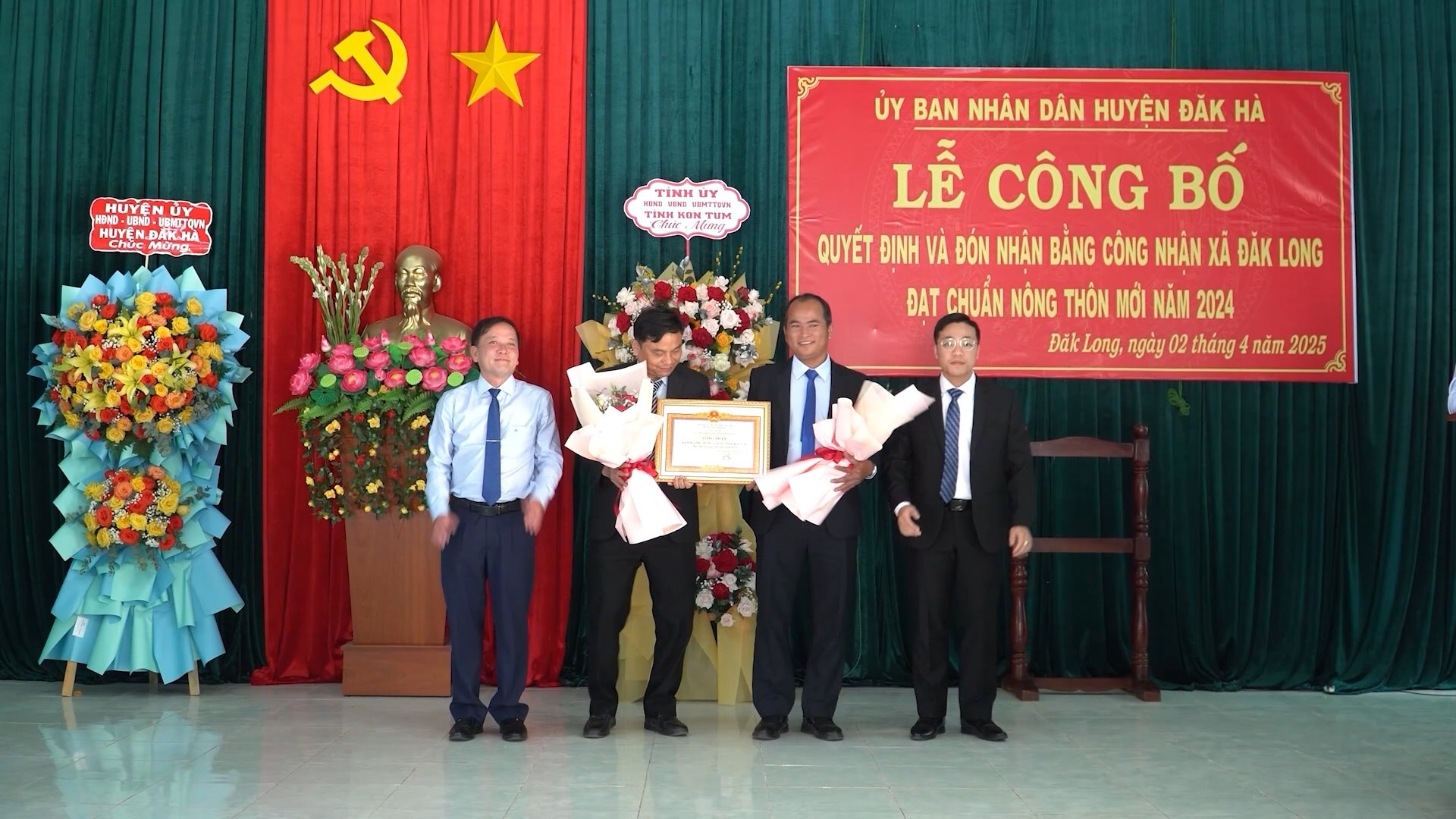



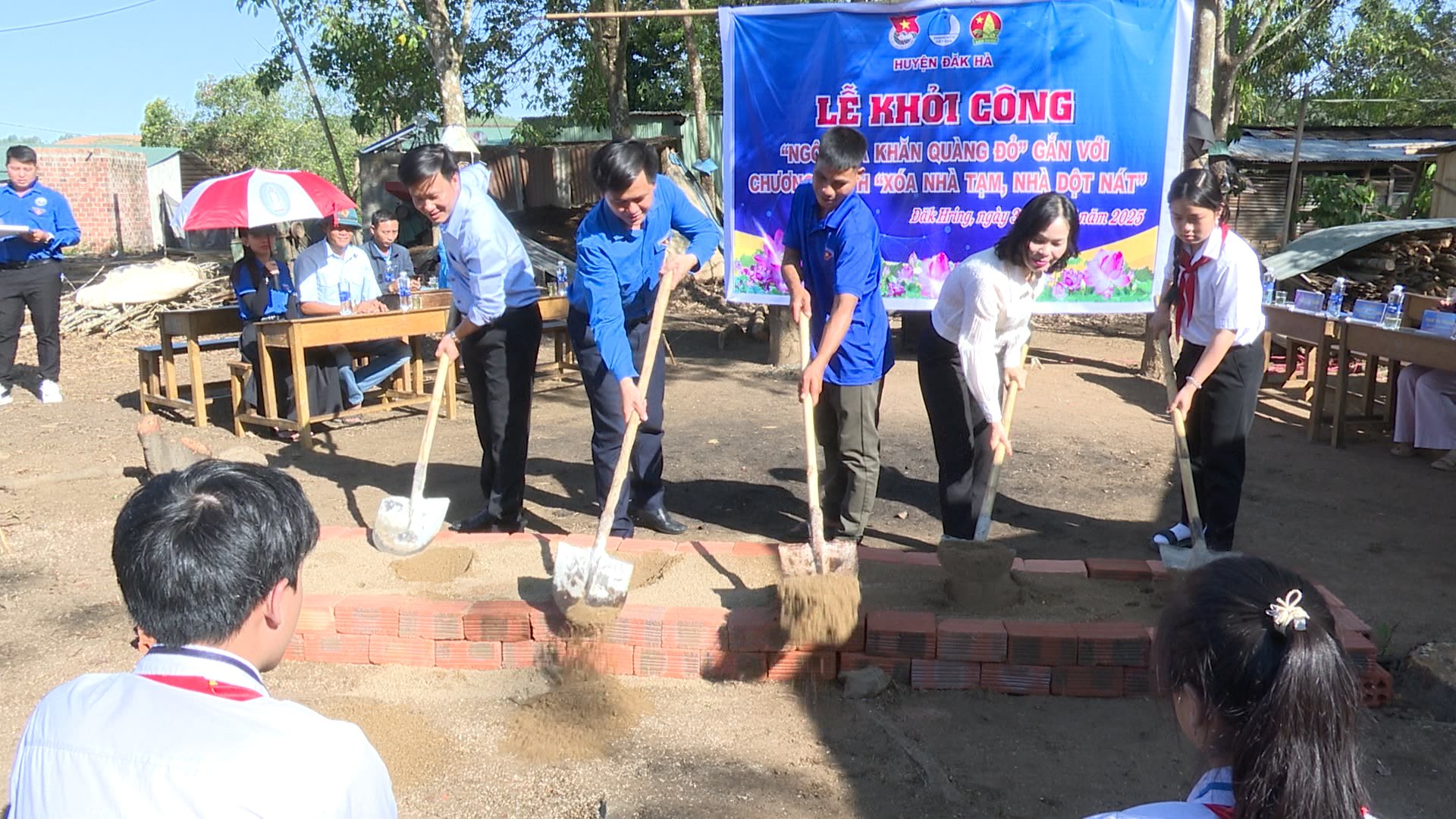













Comment (0)